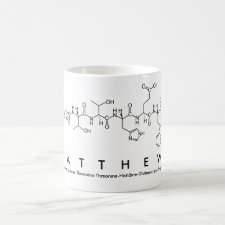
Authors: Uludag Y, Piletsky SA, Turner APF, Cooper MA
Article Title: Piezoelectric sensors based on molecular imprinted polymers for detection of low molecular mass analytes.
Publication date: 2007
Journal: FEBS Journal
Volume: 274
Issue: (21)
Page numbers: 5471-5480.
DOI: 10.1111/j.1742-4658.2007.06079.x
Abstract: Biomimetic recognition elements employed for the detection of analytes are commonly based on proteinaceous affibodies, immunoglobulins, single-chain and single-domain antibody fragments or aptamers. The alternative supra-molecular approach using a molecularly imprinted polymer now has proven utility in numerous applications ranging from liquid chromatography to bioassays. Despite inherent advantages compared with biochemical/biological recognition (which include robustness, storage endurance and lower costs) there are few contributions that describe quantitative analytical applications of molecularly imprinted polymers for relevant small molecular mass compounds in real-world samples. There is, however, significant literature describing the use of low-power, portable piezoelectric transducers to detect analytes in environmental monitoring and other application areas. Here we review the combination of molecularly imprinted polymers as recognition elements with piezoelectric biosensors for quantitative detection of small molecules. Analytes are classified by type and sample matrix presentation and various molecularly imprinted polymer synthetic fabrication strategies are also reviewed. ® 2007 Akubio Ltd
Template and target information: Review - MIPs and piezoelectric sensors
Author keywords: drug, Hapten, label-free, molecularly imprinted polymer, QCRS, quantification, quartz crystal microbalance, screening, Small molecule



Join the Society for Molecular Imprinting

New items RSS feed
Sign-up for e-mail updates:
Choose between receiving an occasional newsletter or more frequent e-mail alerts.
Click here to go to the sign-up page.
Is your name elemental or peptidic? Enter your name and find out by clicking either of the buttons below!
Other products you may like:
 MIPdatabase
MIPdatabase









